In today’s fast-changing market, it’s becoming difficult for businesses to accurately anticipate customer demand. Companies work constantly to identify emerging trends that might influence buying behavior or market conditions. This is where AI in demand forecasting steps in as a strong strategic advantage, helping businesses stay ahead of the curve.
In the past, businesses relied on order data and statistical analysis to forecast demand. In today’s fast-paced market, these methods often fall short. Demand prediction is quite challenging during times of market volatility. Technologies such as Artificial Intelligence (AI) and Machine Learning (ML) can mitigate these issues by enabling the quick analysis and processing of vast amounts of information. AI & ML offer enhanced precision and agility in responding to changing conditions by considering a broad range of variables, including seasons, market shifts, and promotional events.
These results are highlighted in the findings of a survey conducted by Gartner—a staggering 79% of corporate strategists view AI and ML as critical to their business success, and the trend seems to grow consistently. The driving factors are quite evident, such as precise accuracy, improved logistics, supply chain management, refined business planning, and risk mitigation. This blog discusses the impact of AI on demand forecasting. We will analyze the benefits and use cases of AI and its future demand for forecasting.
Understanding AI In Demand Forecasting: Function, Benefits & Applications
Predicting future business demands has been transformed by AI forecasting. With this newly discovered technology, companies can make more accurate predictions related to their supply chain management. Businesses today are better equipped than ever to meet the demands of a shifting market, thanks to the ability of AI to analyse trends and predict needs.
What Is AI Forecasting?
The upcoming capabilities and evolution in demand forecasting use AI features like ML forecasting algorithms to enhance and automate the procedures. With AI & ML, a forecaster with the help of planning tools can now use massive amounts of structured and unstructured data. AI/ML algorithms can interconnect data nodes and edges to identify patterns and relationships that would not be possible with a traditional forecasting system. This automation enables planners to make decisions in a timely and efficient manner.
Traditional Forecasting vs. AI-Based Demand Forecasting

How Does AI for Demand Forecasting Work?
AI enhances the accuracy of demand forecasting and the outcome of forecasts because algorithms create a clearer picture of demand casualty compared to the older methods. Transitioning from traditional methods to AI/ML algorithms makes true demand sensing and shaping possible. “Demand Sensing” refers to the use of automation and machine learning to interpret all available data, from demographics to weather, price changes, and even consumer sentiment, in relation to one’s historical data.
On the other hand, “Demand Shaping” utilizes this insight not only to develop accurate forecasts but also to create new and improved products and marketing campaigns, thus boosting market size and share.
By automating the analysis part of forecast evaluation and providing proactive recommendations, an AI-driven forecasting system can significantly reduce the workload of a planner and even alleviate them of the burden of ensuring forecast accuracy. Furthermore, planners can approve automation that initiates workflows or widgets, permitting those actions to be performed automatically.
In summary, here is a typical AI/ML forecasting workflow:
- Data Collection & Harmonization
- Cleansing
- Organizing
- Data Analysis & Feature Engineering
- Exploratory analysis
- Segmentation
- Feature creation & collection
- Model Creation & Iteration
- Algorithm creation
- Model levels & slicing
- Modelling
- Training & validation
- Tournaments
- Predictions & guardrails
- Forecast Generation & Cycle Start
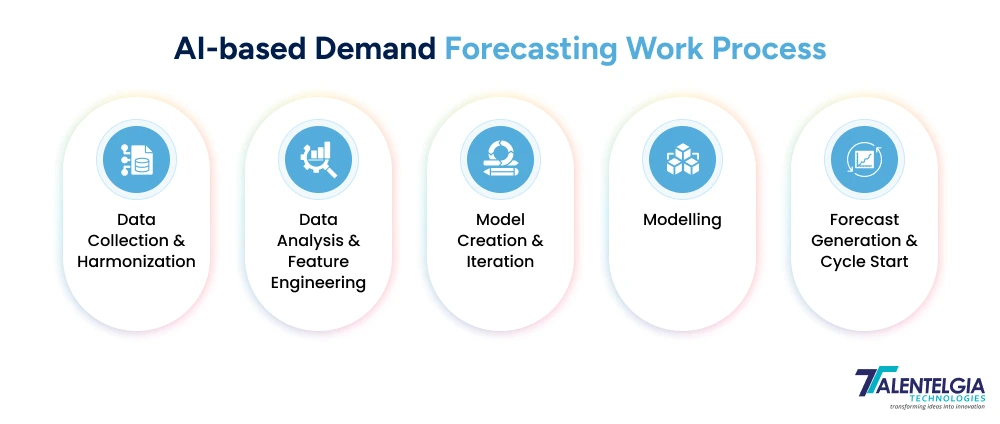
This systematic approach provides an outline of the role AI plays in refining demand forecasting. It employs AI technologies alongside sophisticated analytics to automate workflows, enhance precision, and facilitate informed decisions aligned with market requirements.
What are the Benefits of AI In Demand Forecasting?
In a world where customers are unpredictable with market shifts are constant, companies turn to Gen AI and AI technologies for demand forecasting to enhance the effectiveness of their supply chains. Gen AI and Machine Learning offer advanced, actionable insights that enhance cost-saving at various levels of operation, boost demand planning, streamline inventory control, and improve the entire supply chain system.
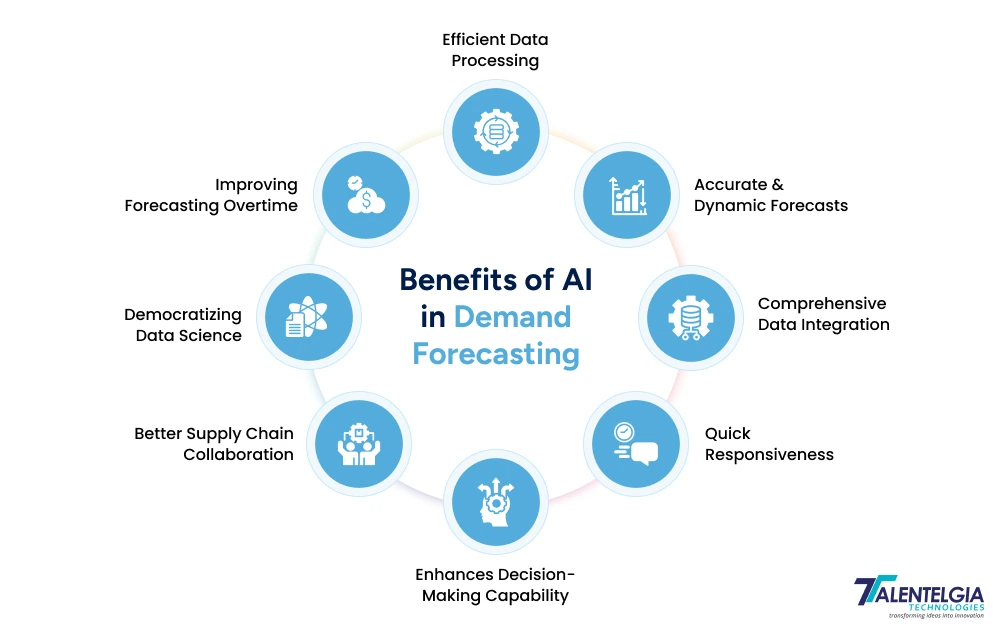
Let’s take a closer look at the changing benefits of AI demand forecasting:
1. Efficient Data Processing
AI technologies can process vast amounts of information, analyze and organize data sets with unmatched speed and precision. Unlike traditional approaches that heavily rely on manual work (for eg, spreadsheets), AI eliminates this bottleneck. This ultimately enables the demand planning cycle to operate with minimal manual intervention, allowing planners to focus on formulating high-level business strategies and providing vital insights into areas that require attention.
2. Accurate & Dynamic Forecasts
AI enables a more advanced form of forecasting as it can autonomously choose and integrate different methods for various products and hierarchies. This level of precision is critical for informed supply chain decisions. Accurate forecasting significantly enhances decision-making throughout the entire supply chain process.
3. Comprehensive Data Integration
Forecasts generated with the aid of artificial intelligence are particularly remarkable due to the incorporation of both internal and external data. AI can also recognize several causes that relate to factors such as market trends and economic data, which impact demand. This level of integration offers a holistic view of the market, something that traditional approaches may fail to deliver.
4. Quick Responsiveness
Being able to adjust rapidly to changes in the marketplace brings a competitive edge, especially in the current highly unpredictable environment. This agility is especially useful for dealing with unforeseen circumstances, which are also referred to as “black swan” events that tend to shift the demand curve, such as the COVID-19 pandemic.
5. Enhanced Decision-Making Capability
The use of artificial intelligence marks another significant advancement in enhanced decision-making. AI doesn’t just highlight possible variations caused by outliers; it also provides a clear picture of their impacts on the overall business. By recognising these factors early, interventions can be implemented in a timely manner, ensuring that decisions are proactive rather than purely reactive.
6. Better Supply Chain Collaboration
The so-called “bullwhip” effect refers to the amplification of demand fluctuations throughout the supply chain. This phenomenon occurs when minor changes in demand at the final stage of the supply chain result in a cascade of significantly larger changes in orders and inventories at upstream suppliers.
Predicting the future with AI helps minimise the bullwhip effect, leading to more efficient inventory levels. This helps all supply chain stakeholders plan more effectively, reduces stress, and enhances collaboration.
7. Democratizing Data Science
Even without thorough experience in science, AI empowers individuals to create more nuanced and accurate demand forecasts. The automated systems develop and refine the models independently, allowing employees to focus on strategic components while the AI handles the numerical aspects.
8. Improving Forecasting Over Time
The evolving AI technologies in demand forecasting are gaining increasing accuracy with every evaluation of data analysis. AI technologies can enhance their models through machine learning, adapting them over time based on new information. As a result of all advancements, AI systems are able to provide more accurate forecasts.
Systems that are better at simulating scenarios and incorporating feedback will receive more signals, allowing them to detect subtle shifts in demand and market trends. This learning feedback loop not only provides companies with the best possible models but also ensures they can adapt and evolve to keep up with the competitive market in demand planning.
5 Applications & Real World Examples of AI In Demand Forecasting
AI-driven demand forecasting has practical implementation across various industries with an emphasis on efficiency. AI empowers companies to forecast demand with exceptional accuracy, allowing them to stay ahead in the competitive market and make quick shifts in consumer behavior. The growing business technology adoption focuses on going beyond task automation to enhancing intelligent decision-making, which could transform business revenues.
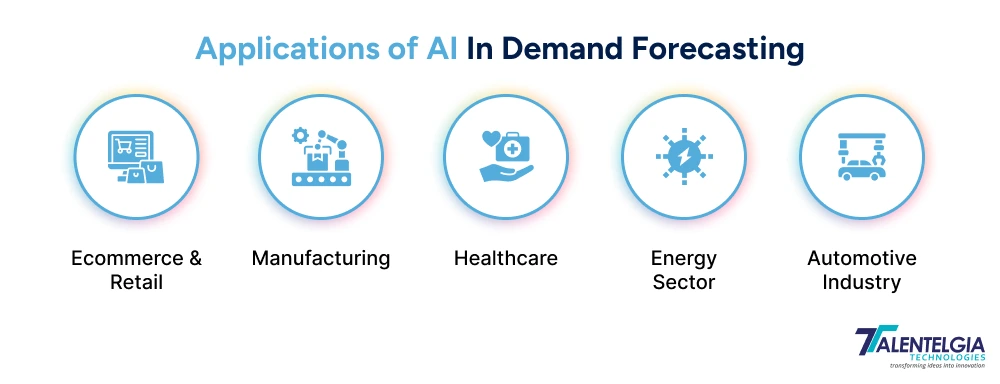
1. Ecommerce & Retail
In the e-commerce and retail sectors, AI in ECommerce and generative AI have transformed revenue optimization through dynamic pricing and inventory control. AI systems analyze massive datasets to forecast consumer buying behaviour. They can also automatically calibrate prices, maintain optimal inventory levels, and replenish stock as needed, thereby reducing the risk of excess stock. This boosts profit margins and enhances the customer experience by offering better product availability at lower prices.
2. Manufacturing
The evolution of the manufacturing industry has been influenced heavily by the implementation of AI technology. Through the use of various data sources, AI technologies forecast production schedules, streamline fueling and resource allocation, and predict overall waste. In turn, this enables manufacturing processes to be more efficient, lean, and aligned with market needs, ultimately leading to reduced costs and increased product availability.
3. Healthcare
The healthcare industry can use the capabilities of Gen AI for precise detection of patient flow and resource requirements, like staffing. AI in disease detection plays a crucial role by identifying health patterns early and supporting timely interventions. AI can also detect surges in patient flow, enabling optimal resource allocation by analyzing usage patterns. Apart from guiding patient care, these advancements enable better use of resources, staff, and facilities, resulting in a more efficient and cost-effective system.
4. Energy Sector
Predicting energy consumption accurately lets energy and power supply companies schedule their energy production, which optimizes power distribution. This reduces energy waste as power generation is more closely matched to consumption at any point in time. Anticipating how demand for power will fluctuate allows energy companies to fine-tune their production in real time, which is considerably helpful in making systems more efficient.
5. Automotive Industry
In the automotive industry, an AI-driven demand forecasting system optimally improves resource allocation and production scheduling. With precise forecasts on the various models, manufacturers can optimally adjust production schedules, manage their supply chains, and reduce inventory. This bolsters operations while meeting consumer demand, thereby helping to maintain a competitive edge.
Future of AI In Demand Forecasting
Just like any other area of business, the future of AI in demand forecasting promises new insights for continuous improvement. With technological advancements in AI, demand insights and predictive modeling will become even more accurate. Companies will be able to better align production, optimize service levels, and exceed expectations on market response.
The ability of advanced AI tools and algorithms will empower businesses even more to fully utilize data analytics and help them address the complexities of demand planning with confidence and strategic agility.
Conclusion
As the culmination of all advancements, it becomes quite clear that artificial intelligence continues to enhance accuracy, streamlines processes, and provides real-time responsiveness. This transforms demand forecasting from error error-prone, manual labor-heavy operation to an AI-powered forecasting where the focus begins to shift towards supply chain optimization
If you want to elevate your forecasting accuracy, efficiency, and profitability, then you can use our AI integration services.
Contact us today for a fast and accurate development experience.


 Healthcare App Development Services
Healthcare App Development Services
 Real Estate Web Development Services
Real Estate Web Development Services
 E-Commerce App Development Services
E-Commerce App Development Services E-Commerce Web Development Services
E-Commerce Web Development Services Blockchain E-commerce Development Company
Blockchain E-commerce Development Company
 Fintech App Development Services
Fintech App Development Services Fintech Web Development
Fintech Web Development Blockchain Fintech Development Company
Blockchain Fintech Development Company
 E-Learning App Development Services
E-Learning App Development Services
 Restaurant App Development Company
Restaurant App Development Company
 Mobile Game Development Company
Mobile Game Development Company
 Travel App Development Company
Travel App Development Company
 Automotive Web Design
Automotive Web Design
 AI Traffic Management System
AI Traffic Management System
 AI Inventory Management Software
AI Inventory Management Software
 AI Software Development
AI Software Development  AI Development Company
AI Development Company  AI App Development Services
AI App Development Services  ChatGPT integration services
ChatGPT integration services  AI Integration Services
AI Integration Services  Generative AI Development Services
Generative AI Development Services  Natural Language Processing Company
Natural Language Processing Company Machine Learning Development
Machine Learning Development  Machine learning consulting services
Machine learning consulting services  Blockchain Development
Blockchain Development  Blockchain Software Development
Blockchain Software Development  Smart Contract Development Company
Smart Contract Development Company  NFT Marketplace Development Services
NFT Marketplace Development Services  Asset Tokenization Company
Asset Tokenization Company DeFi Wallet Development Company
DeFi Wallet Development Company Mobile App Development
Mobile App Development  IOS App Development
IOS App Development  Android App Development
Android App Development  Cross-Platform App Development
Cross-Platform App Development  Augmented Reality (AR) App Development
Augmented Reality (AR) App Development  Virtual Reality (VR) App Development
Virtual Reality (VR) App Development  Web App Development
Web App Development  SaaS App Development
SaaS App Development Flutter
Flutter  React Native
React Native  Swift (IOS)
Swift (IOS)  Kotlin (Android)
Kotlin (Android)  Mean Stack Development
Mean Stack Development  AngularJS Development
AngularJS Development  MongoDB Development
MongoDB Development  Nodejs Development
Nodejs Development  Database Development
Database Development Ruby on Rails Development
Ruby on Rails Development Expressjs Development
Expressjs Development  Full Stack Development
Full Stack Development  Web Development Services
Web Development Services  Laravel Development
Laravel Development  LAMP Development
LAMP Development  Custom PHP Development
Custom PHP Development  .Net Development
.Net Development  User Experience Design Services
User Experience Design Services  User Interface Design Services
User Interface Design Services  Automated Testing
Automated Testing  Manual Testing
Manual Testing  Digital Marketing Services
Digital Marketing Services 
 Ride-Sharing And Taxi Services
Ride-Sharing And Taxi Services Food Delivery Services
Food Delivery Services Grocery Delivery Services
Grocery Delivery Services Transportation And Logistics
Transportation And Logistics Car Wash App
Car Wash App Home Services App
Home Services App ERP Development Services
ERP Development Services CMS Development Services
CMS Development Services LMS Development
LMS Development CRM Development
CRM Development DevOps Development Services
DevOps Development Services AI Business Solutions
AI Business Solutions AI Cloud Solutions
AI Cloud Solutions AI Chatbot Development
AI Chatbot Development API Development
API Development Blockchain Product Development
Blockchain Product Development Cryptocurrency Wallet Development
Cryptocurrency Wallet Development About Talentelgia
About Talentelgia  Our Team
Our Team  Our Culture
Our Culture 
 Healthcare App Development Services
Healthcare App Development Services Real Estate Web Development Services
Real Estate Web Development Services E-Commerce App Development Services
E-Commerce App Development Services E-Commerce Web Development Services
E-Commerce Web Development Services Blockchain E-commerce
Development Company
Blockchain E-commerce
Development Company Fintech App Development Services
Fintech App Development Services Finance Web Development
Finance Web Development Blockchain Fintech
Development Company
Blockchain Fintech
Development Company E-Learning App Development Services
E-Learning App Development Services Restaurant App Development Company
Restaurant App Development Company Mobile Game Development Company
Mobile Game Development Company Travel App Development Company
Travel App Development Company Automotive Web Design
Automotive Web Design AI Traffic Management System
AI Traffic Management System AI Inventory Management Software
AI Inventory Management Software AI Software Development
AI Software Development AI Development Company
AI Development Company ChatGPT integration services
ChatGPT integration services AI Integration Services
AI Integration Services Machine Learning Development
Machine Learning Development Machine learning consulting services
Machine learning consulting services Blockchain Development
Blockchain Development Blockchain Software Development
Blockchain Software Development Smart contract development company
Smart contract development company NFT marketplace development services
NFT marketplace development services IOS App Development
IOS App Development Android App Development
Android App Development Cross-Platform App Development
Cross-Platform App Development Augmented Reality (AR) App
Development
Augmented Reality (AR) App
Development Virtual Reality (VR) App Development
Virtual Reality (VR) App Development Web App Development
Web App Development Flutter
Flutter React
Native
React
Native Swift
(IOS)
Swift
(IOS) Kotlin (Android)
Kotlin (Android) MEAN Stack Development
MEAN Stack Development AngularJS Development
AngularJS Development MongoDB Development
MongoDB Development Nodejs Development
Nodejs Development Database development services
Database development services Ruby on Rails Development services
Ruby on Rails Development services Expressjs Development
Expressjs Development Full Stack Development
Full Stack Development Web Development Services
Web Development Services Laravel Development
Laravel Development LAMP
Development
LAMP
Development Custom PHP Development
Custom PHP Development User Experience Design Services
User Experience Design Services User Interface Design Services
User Interface Design Services Automated Testing
Automated Testing Manual
Testing
Manual
Testing About Talentelgia
About Talentelgia Our Team
Our Team Our Culture
Our Culture
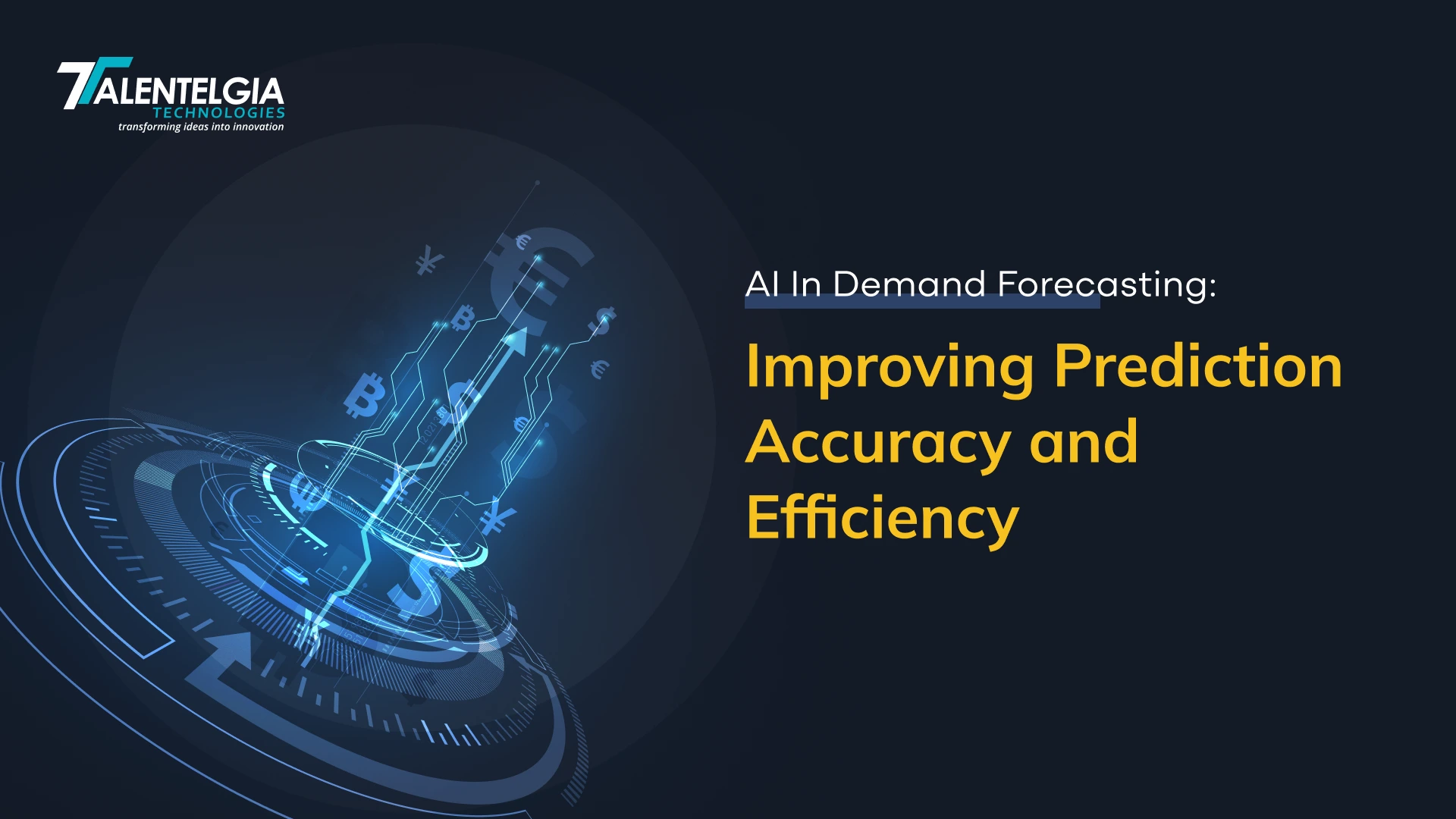
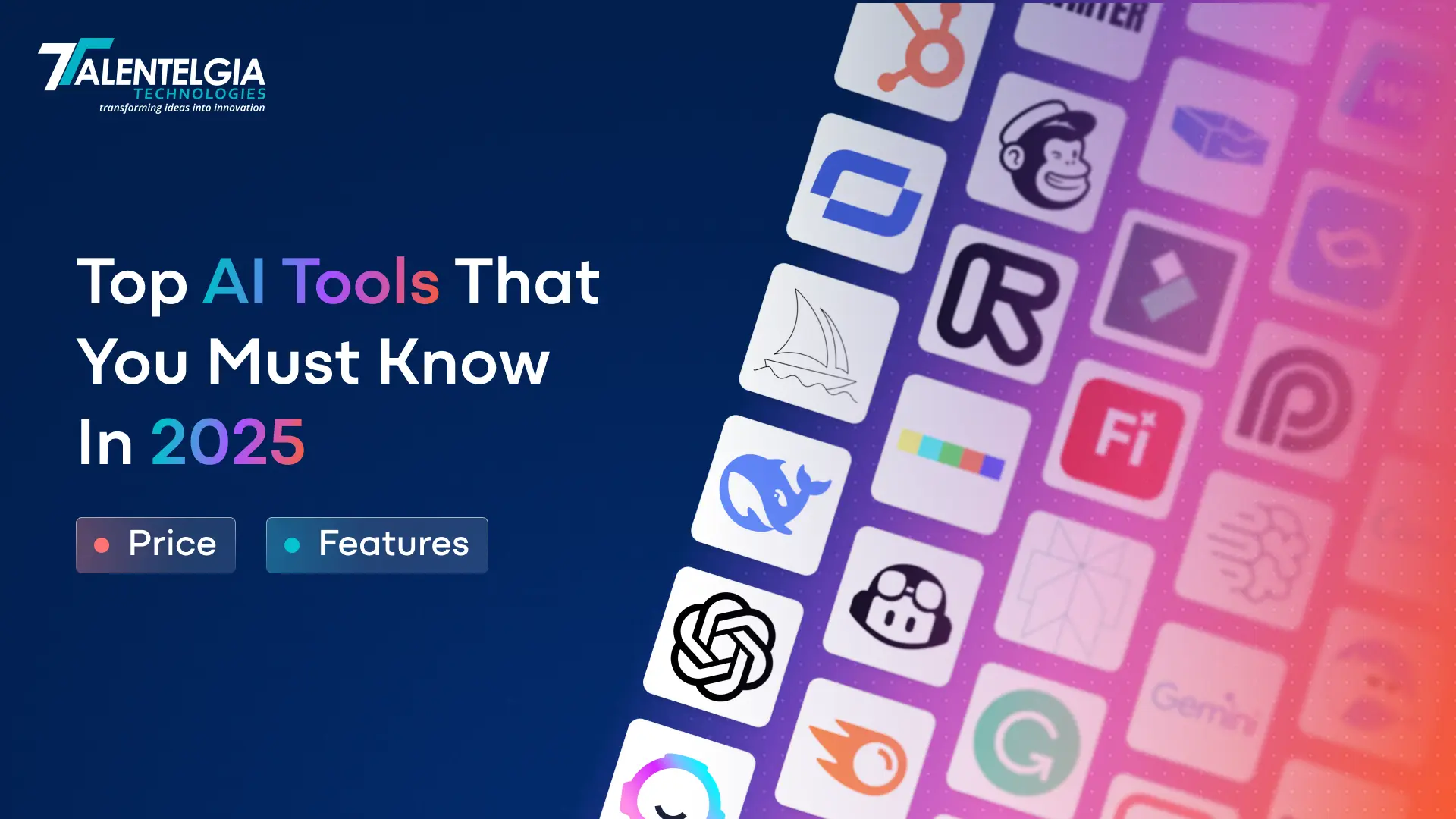














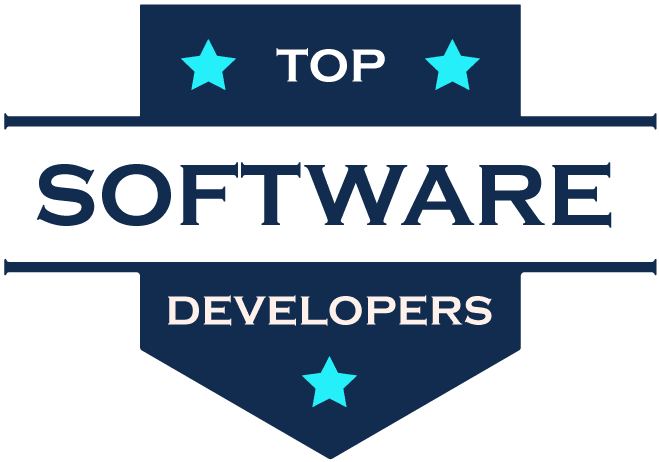
 Write us on:
Write us on:  Business queries:
Business queries:  HR:
HR: 




